Bones are seemingly simple organisms, but looks can be deceiving. In truth, bones are an essential tissue that many organisms require for support and function. To better understand the importance of your skeletal system, here is a brief overview of the anatomy of bones.
Bone Is Porous, Living, and Growing Tissue.
It is composed primarily of collagen, which is a form of protein that provides a framework and support for the human body. You’ll also find calcium phosphate, a mineral that enhances, hardens, and strengthens that framework. The pairing of collagen and calcium strengthens and reinforces the bone while allowing flexibility within the tissue to withstand physical rigors and stress. An interesting fact to note is that over 99 percent of the body’s calcium is found in the teeth and bones. The remaining portion is located in the blood.
There Are Two Types of Bone Found in the Human Body.
These are known as trabecular and cortical bone. Trabecular bone has a spongy, flexible, porous-like composition. It resembles a honeycomb or swiss cheese. Moreover, it comprises the inner layer of the bone. Meanwhile, cortical bone is compact, rigid, and dense. This material forms the outer layer of the bone and helps provide its structure.
Osteoporosis Is a Risk, but Not a Given.
As people age, bone deposits no longer exceed withdrawals, so bone loss occurs. This usually begins when an individual reaches their 30s. Osteoporosis occurs when bone loss is excessive and bone density falls to critical levels. While women are more at risk than men to develop osteoporosis, there are preventative measures that can be taken to reduce the risk of developing this disease. Prevention is crucial. While treatments for osteoporosis, a cure has not yet been found. Some ways to reduce bone loss and prevent osteoporosis include the following:
- Developing a weight-bearing exercise routine
- Following a balanced diet rich in Vitamin D and Calcium
- Adopting a health-conscious lifestyle with limited alcohol intake and no smoking
- Undergoing bone density testing
- Taking medication (if deemed necessary by a medical professional)
Bones are a crucial part of the human body. The typical human skeleton has 206 bones, and all of them work together to provide support, aid mobility and enable function. Hopefully, this information about the anatomy of the bones will help you remember to take care of these precious bodily organs.

